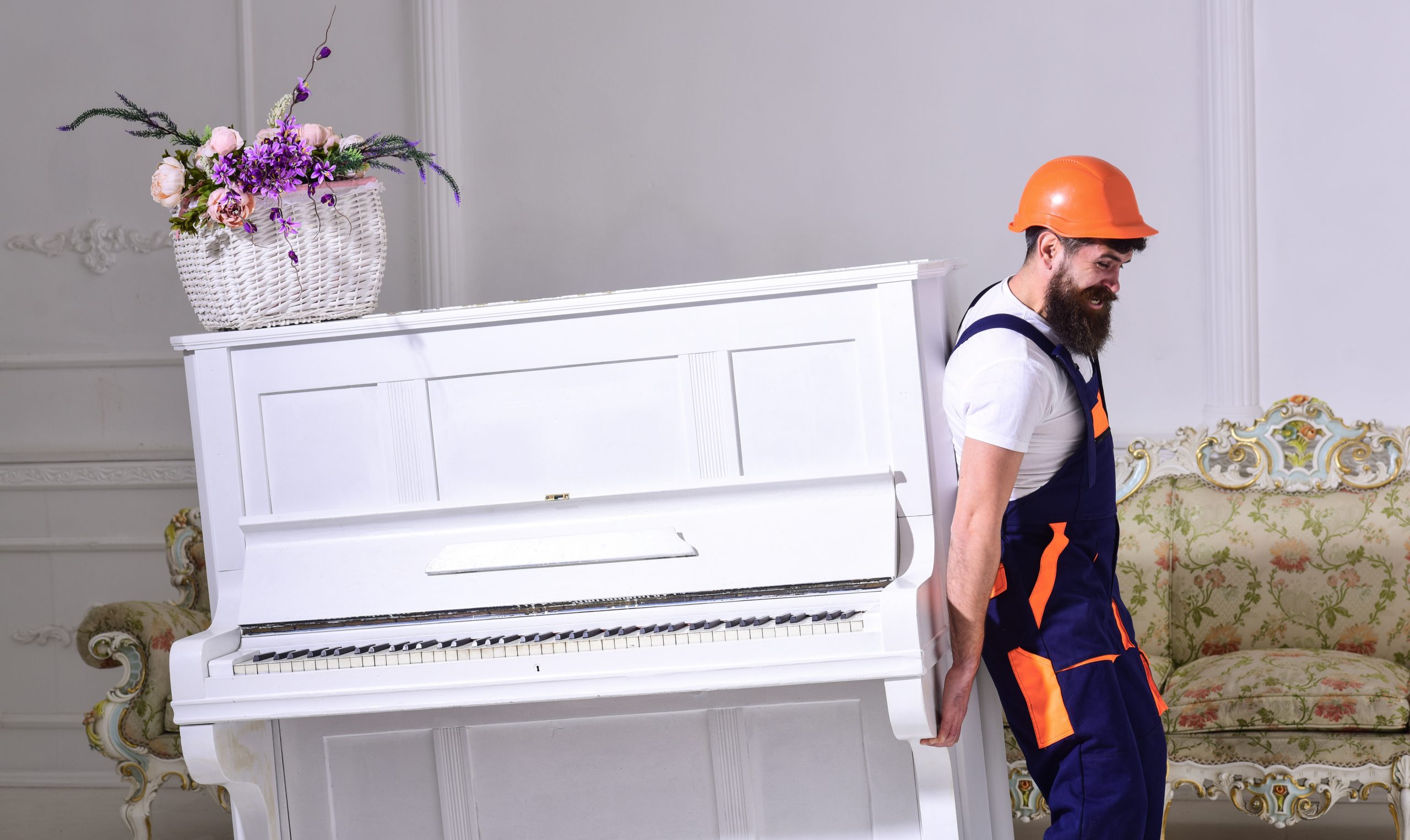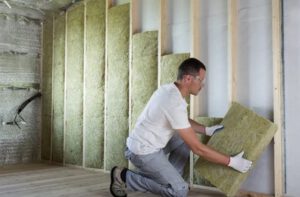Piano moving is a complicated process, and there are many things to consider before you do it. Piano Movers in Charleston SC know that pianos are heavy, and they have the equipment to make the move as painless as possible. To ensure that your piano moves safely, use these tips when moving your piano. First, choose a clear path to the new location. If possible, build ramps to go over ledges or stairs. If you have to use a truck, a 4 wheel dolly will cover most of the ground. If the ground is uneven, plywood is a great option to roll over it. Lastly, the most difficult part of piano moving is pushing the piano onto the truck deck. Most amateur movers don’t realize that the piano’s weight bears down on the edge of the truck.

Before the move, plan carefully. Make sure there is an adequate footpath and pathway leading to the destination. Also, make sure that the movers have easy access to the location from where they are moving the piano. Lastly, make sure that you remove long jewelry, rugs, and any other fixtures that may interfere with the movement. Moving a piano is more complicated than moving any other type of object. Once the piano is moved, you must store it properly.
A piano is generally moved with its front side facing down. The front part of a grand piano must be detached before it is moved. Pedals must also be removed. Moreover, the leg on the keyboard side must be lowered into the skid board. Professional movers will carefully angle the piano onto the skid board, which reduces the chances of damage to its interior. This method is the most secure way to move a grand piano.
It is best to hire a professional piano moving service if you are not willing to move the piano yourself. It is an intricate and difficult task that requires a lot of manpower and preparation. Nevertheless, piano moving services have gained popularity as a niche in the moving industry. As the moving process is difficult and requires two people, hiring a professional company will ensure that your piano is safely moved. But remember to do it carefully and step by step, for the best results.
Once you have decided on a professional moving company, you must take measurements of the room where you want to move the piano. It is important to measure the space, height, width, and length of the piano to make sure it will fit. In addition, you must carefully tape or wrap the lyre. Once you have taken measurements, you can now move the piano safely. If you are doing it yourself, be sure to supervise children while moving the piano, so they don’t get hurt in the process.
A good piano mover should carry at least three types of insurance. They should have liability insurance, cargo insurance, and commercial automobile insurance. The commercial automotive insurance will protect your piano in case it is damaged during transport. Workers’ compensation will protect any employees who are working on the move. In most cases, piano moving companies will cover up to $5,000 of damage or loss. You can also opt for a piano mover that has workers’ compensation insurance, which will protect you and your family.
The age of a piano is also important. The older it is, the more likely it is to be in poor condition. Older pianos are heavier, and their interior components may be more fragile. For this reason, it’s best to hire a professional to move it. If possible, move it to a room that is cool and humid, but avoid freezing it. Freezing the piano may cause the finish to crack. You might also want to consider hiring a piano mover who specializes in moving antique pianos.
Make sure you properly pad the keyboard and the pedals of the piano. Scratches will diminish the value of your piano, so you’ll want to use padding on all parts of the piano. Also, wrap the lid with moving blankets. Be sure to wrap it completely, but don’t forget to tape it down in several places. Then, use moving straps to secure the piano. And remember, always keep your knees bent when lifting the piano.
When moving internationally, it’s a good idea to choose a shipping service that can ship it overseas. If you’re unsure about the best option, you can post on ride-sharing and peer-to-peer websites. Potential shipping partners will bid on your piano shipping project. They might be a professional moving company, an individual road-tripping driver, or even a larger logistics company. Whatever method you choose, make sure to vet all your options and negotiate the price and services involved.


